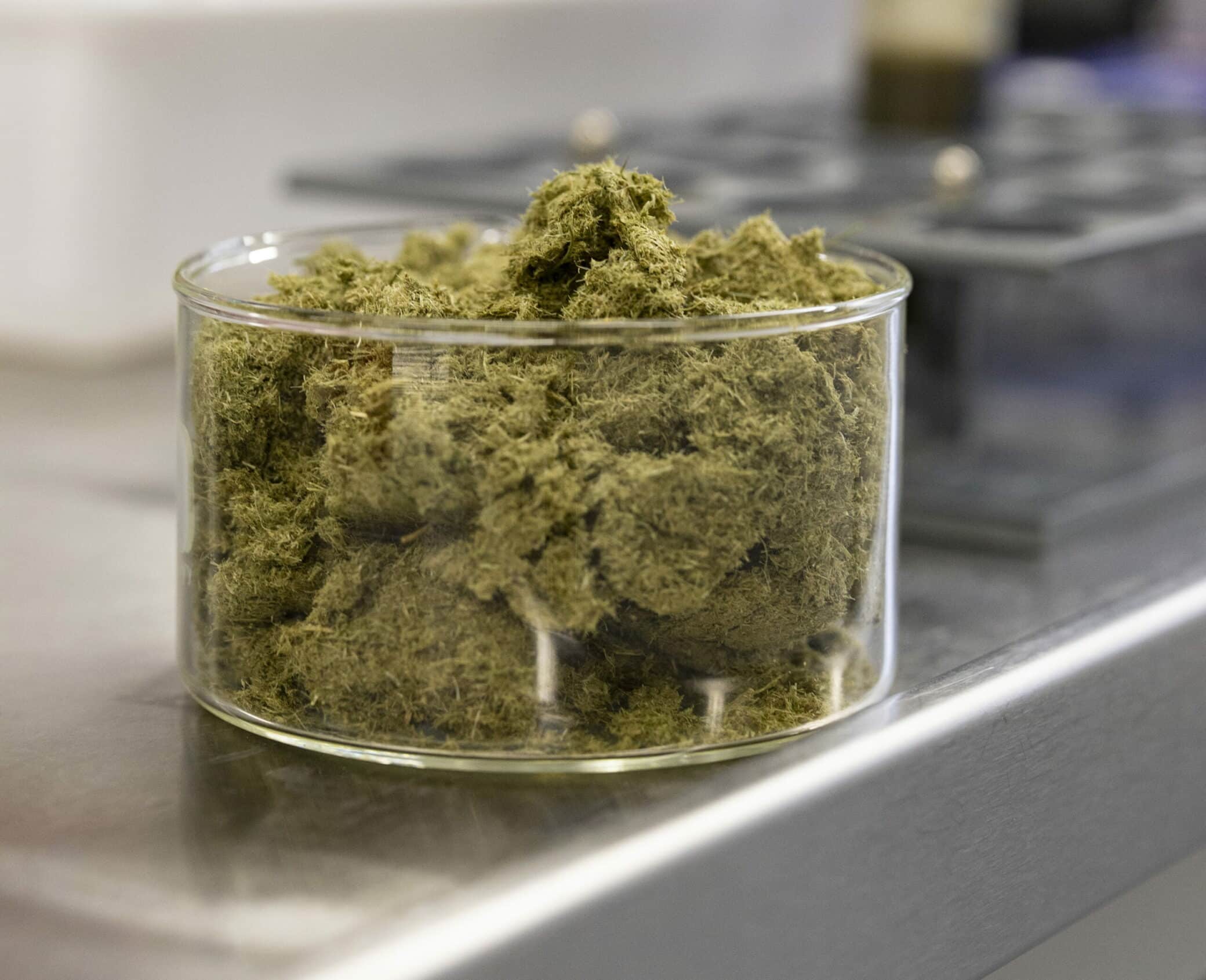A research team at the Julich campus is producing hydrogen from grass – opening prospects of future storage in large quantities. This is an important step towards counteracting climate change.
Hydrogen is considered the fuel of the future. Our economic system still lives from the exploitation and combustion of carbon products such as oil, natural gas and coal. This produces CO2, which is responsible for the greenhouse effect and thus for global warming. At the Julich Campus of Aachen University of Applied Sciences, as part of a dissertation, a method is now being explored that may contribute to the future widespread use of hydrogen as a fuel for our economy.
Widespread use of hydrogen
The principle of producing hydrogen is easily explained: through electrolysis, water is split into hydrogen and oxygen. This process requires energy input. If renewable energies are used to produce the hydrogen, the entire process is CO2-neutral, as only water vapour is produced when the hydrogen is burnt. Hydrogen can be used very efficiently, for example, in fuel cells, vehicles, or buildings. But there is one big problem: storage and transportation of hydrogen is difficult. So, possibilities for decentralised production are crucial for the goal of widespread use of hydrogen in the future.
Hydrogen from organic material
This is where a process comes into play that Julich Campus researchers are applying in an interdisciplinary project entitled “Electrically enhanced microbial hydrogen production” (eBioH2). Here, the departments of Chemistry and Biotechnology, Medical Technology and Technomathematics as well as Energy Technology are collaborating on sourcing hydrogen from organic material – for example grass or straw. At first glance, this process is comparable to the production of biogas. A fermentation process takes place in a bioreactor. In the conventional biogas process, the product is methane, which can be used in electricity generation and fuel production.
However, in the case of grass or straw, the temperature required is higher than in conventional reactors.
Nevertheless, the results of past work on bioreactors can be transferred to the new process, so that, in the long term, it will be possible to produce hydrogen reliably on a larger scale.
Storing energy – at the cutting edge
But the plans of the eBioH2 research team also lead in another direction. If additional electrical energy is fed into the fermentation process via electrodes, production of the energy carrier hydrogen increases. It would therefore be conceivable to use the process to store energy – an attractive idea, especially in combination with the use of renewable energies.
In the future, the process could be used in the agricultural sector, for example. Organic residues are available in situ that could be fermented, and agricultural vehicles and machines could be powered by the hydrogen produced. But energy-intensive industries – for example in the chemical industry, or in steel and cement production – will also probably opt for hydrogen as an energy carrier in the future. With this research project, the team is making an important, cutting-edge contribution to CO2 reduction.
29.11.2021



